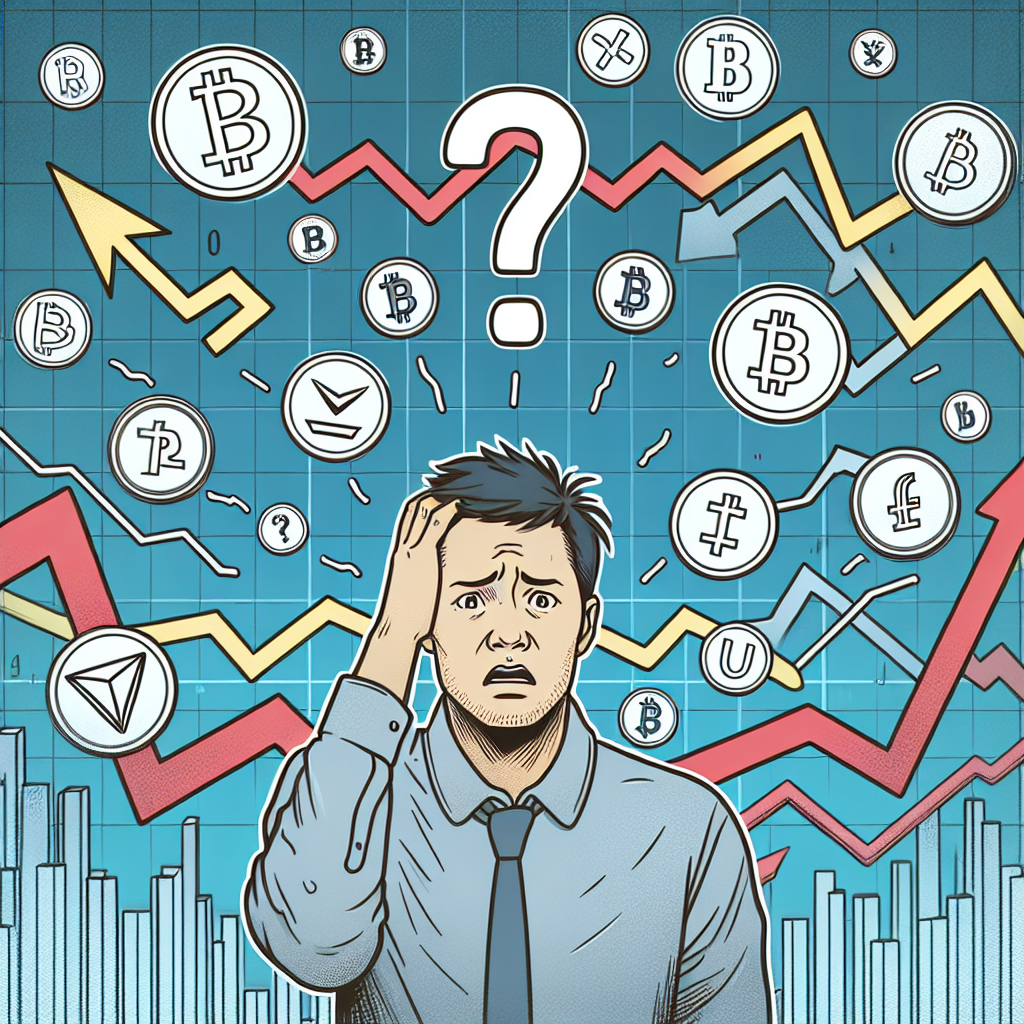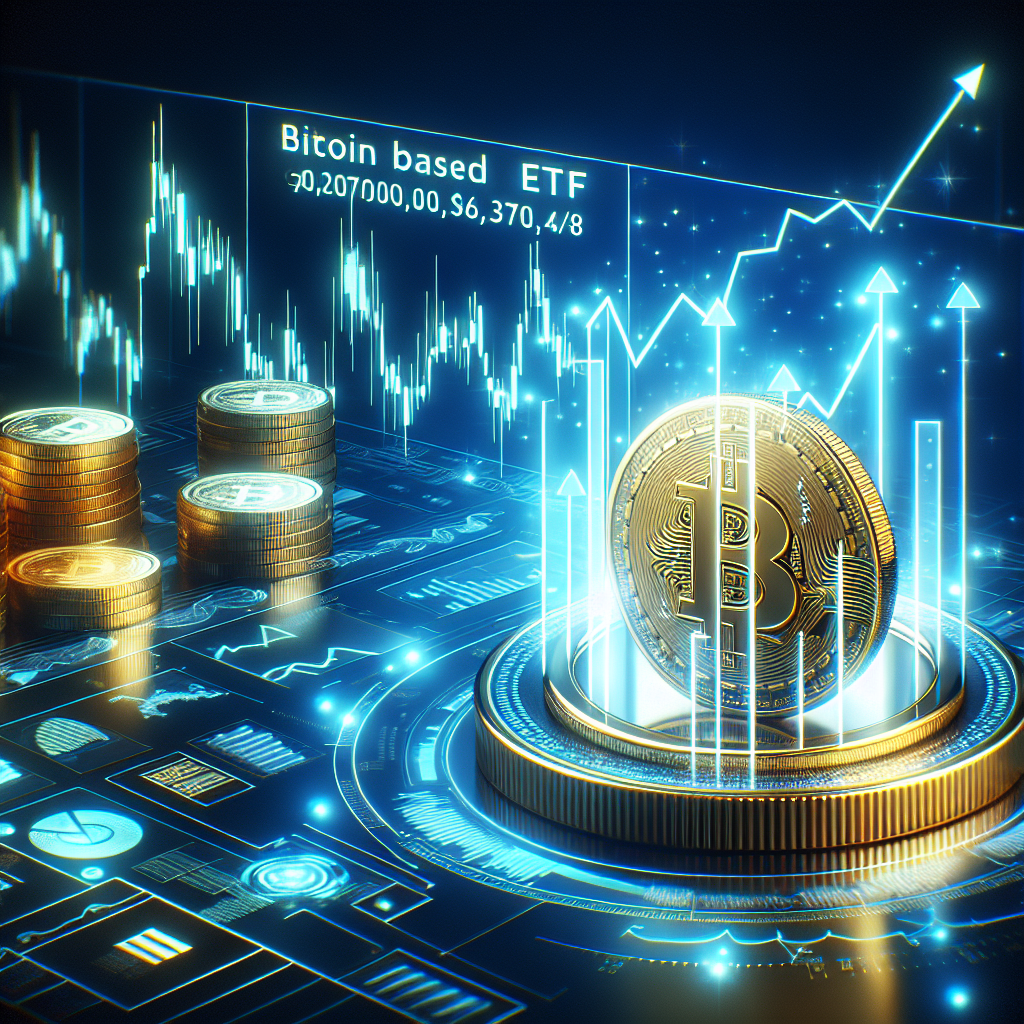From humorous online antics to major financial players including the current U.S. President, meme coins have transitioned into billion-dollar entities, captivating both casual investors and large financial organizations. Originally crafted as amusing imitations, the rapid proliferation of tokens linked to celebrities, politicians, and fleeting trends has metamorphosed them into “intensely volatile and speculative assets,” a doctoral student at McMaster University focused on digital currencies and financial regulation shared.
Many traders, Sheluchin proposed, have yet to adapt to the substantial transformations within the industry over the past decade. “While meme coins still draw inspiration from internet culture and trends, fueled by online communities and cycles of hype,” she pointed out, “the frenzy surrounding them seems to operate on much shorter timelines now.” She mentioned several coins, such as the one associated with the “Hawk Tuah girl” and her viral fame from 2024, which experienced price surges and declines within mere hours—not over days or weeks.
Glaring Risks
Presented below are some of the dangers associated with these digital assets:
- Although coins such as and Floki Inu (FLOKI) have attracted dedicated followings, the majority remain obscure.
- Meme coins are highly speculative, with their value driven more by social media excitement than actual worth.
- Significant volatility can result in substantial losses for those trading them.
- Pump-and-dump schemes and market manipulations are frequent in this market segment.
Fast Fact
In October 2024, U.S. authorities accused 18 individuals and major crypto companies of perpetrating a variety of frauds against typical investors. These schemes were reliant on principal sector players—termed “market makers”—who fraudulently escalated trading volumes and prices through strategies where prices are often artificially inflated ahead of mass sell-offs, leaving late investors facing losses.
“These 2024 charges sharply highlight the need for online investors to remain vigilant and underscores the importance of thorough research before entering the digital domain,” emphasized Acting U.S. Attorney Joshua Levy. “Those contemplating investments in the cryptocurrency sphere should grasp how such scams operate to safeguard themselves.”
One accused in the October 2024 crypto scam case unknowingly texted undercover operatives that his and his associates’ goal on the exchange was to identify “other purchasers from the community, people unfamiliar to or indifferent towards us,” as “we must ensure [they] incur financial losses to achieve our profits.”
Recognized Hazards
The following are additional widespread dangers when investing in these coins:
Unpredictability: Meme coins undergo erratic price fluctuations, which can result in either lucrative gains or considerable losses. Absence of intrinsic value: Many meme coins lack practical applications, robust development teams, or sustainable futures. Regulatory ambiguity: Upcoming legal changes or reclassifications could influence their market presence and liquidity. Security threats: Protecting your coins from hackers and other illicit actors is crucial. Market liquidity challenges: Numerous meme coins possess low trade volumes, complicating the sale of holdings at preferred prices.
When dealing with meme coins, traders should exercise extreme caution, approaching these assets more as a gamble or form of entertainment than a true investment for their portfolio. “The speculative essence of meme coins, compounded by their vulnerability to deception such as pump-and-dump tactics,” Sheluchin mentioned, “introduces notable risks, particularly to novices.”







